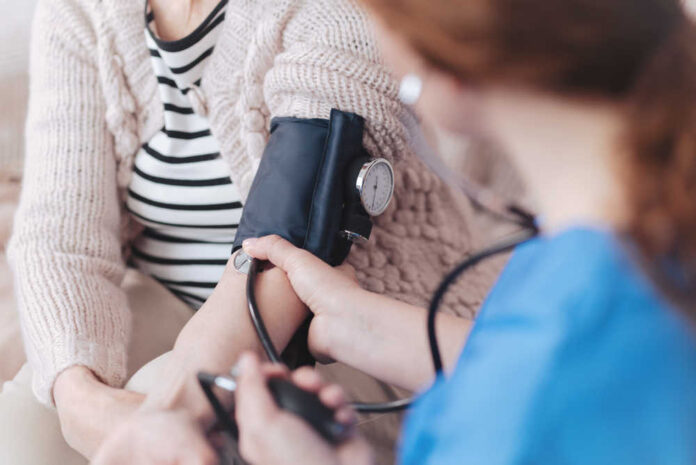
Your organs and tissues rely on healthy blood circulation to function correctly.
Arteries are the blood vessels that carry oxygen-rich blood from your heart out to the rest of your body, while veins return the blood back to your heart.
If these vessels become damaged, narrowed, or blocked, it can reduce blood flow to your organs and tissues. This can cause several serious health problems, including heart attack, stroke, and kidney failure.
How Arteries Get Clogged
One of the materials carried by your blood into your cells is cholesterol. Cholesterol is needed in every cell of your body to help with various functions, including hormone and vitamin production and building up the cell membrane structure.
Since cholesterol is hydrophobic (not attracted to water), it doesn’t dissolve into and move around in your blood very well. So it gets packaged into lipoproteins: low-density lipoproteins (LDL) and high-density lipoproteins (HDL).
LDLs deliver cholesterol from your liver out into your tissue. HDLs pick up excess cholesterol and bring them back to your liver to be recycled and reused.
If your LDL levels are too high and your HDL levels too low, this can lead to a buildup of waxy cholesterol in your arteries. These fatty deposits (formally called atheromatous plaques) then collect calcium and connective tissue cells, causing your arteries to narrow and harden (a condition known as atherosclerosis).
Early Symptoms of Clogged Arteries
When plaque builds up in your arteries, it takes more pressure to push blood through the narrower arteries. High blood pressure can cause symptoms such as:
- headaches
- fatigue
- difficulty breathing
- vision problems
- pounding in the chest, neck, or ears
If the plaque buildup worsens, it can reduce blood flow to whatever body parts the affected arteries supply. This can cause symptoms such as:
- chest pain
- abdominal pain
- back pain
- cold hands or feet
- numbness in legs, feet, hands, or fingers
- skin discoloration
- hair loss
- erectile dysfunction
Warning Signs of an Emergency Situation
If the obstructed artery supplies blood to a vital organ such as your brain or heart, you may soon find yourself in a dangerous situation requiring immediate medical attention.
Some of the warning signs to look out for are:
- racing heartbeat
- sudden chest pain
- sudden pain in the arm or back
- sudden muscle weakness
- shortness of breath
- sweating
- nausea
- asymmetric facial drooping
- sudden vision changes
- sudden confusion
- difficulty speaking or swallowing
- loss of consciousness
Call 911 and seek emergency care immediately if you experience these symptoms. You might be having a heart attack or stroke.
How To Reduce Your Risk
The biggest modifiable risk factor that you can control is diet. Changing the way you eat can significantly reduce your risk of developing atherosclerosis and improve your overall health.
- lose weight
- minimize intake of added sugars and refined grains (white bread, white rice, pasta etc.)
- eat more fruits, vegetables, and whole grains
- limit saturated and trans fats (found in animal products and processed foods)
- get your fats from nuts and seeds, fish, and plant-based oils
- limit your intake of sodium
Other important lifestyle factors include:
- quitting smoking
- managing stress
- getting regular exercise
- maintaining a healthy weight
For further guidance on how to reduce your risk, ask your doctor for specific recommendations suited to your individual situation. They may be able to prescribe medications or refer you to a specialist.






















